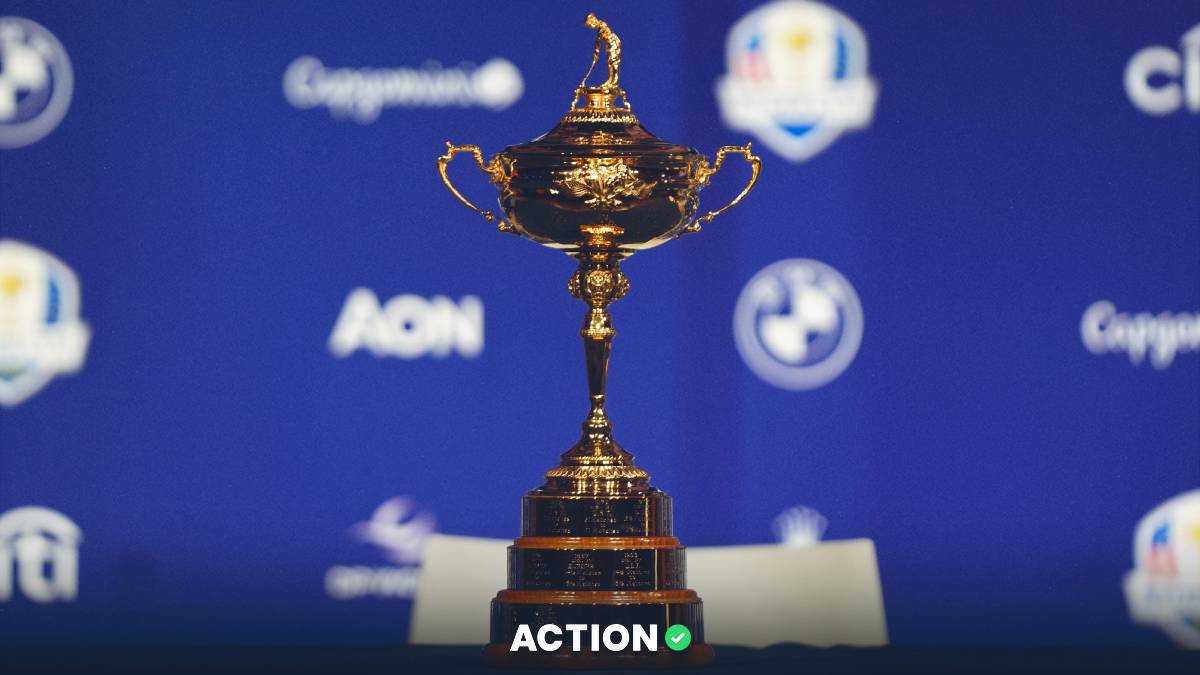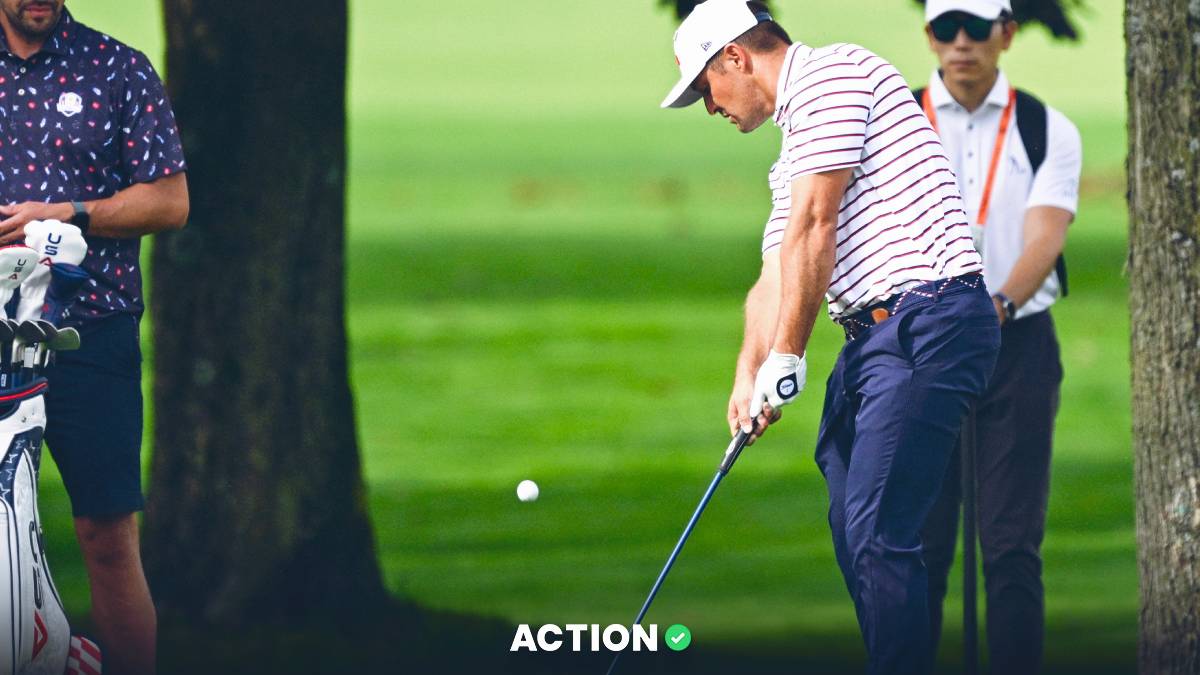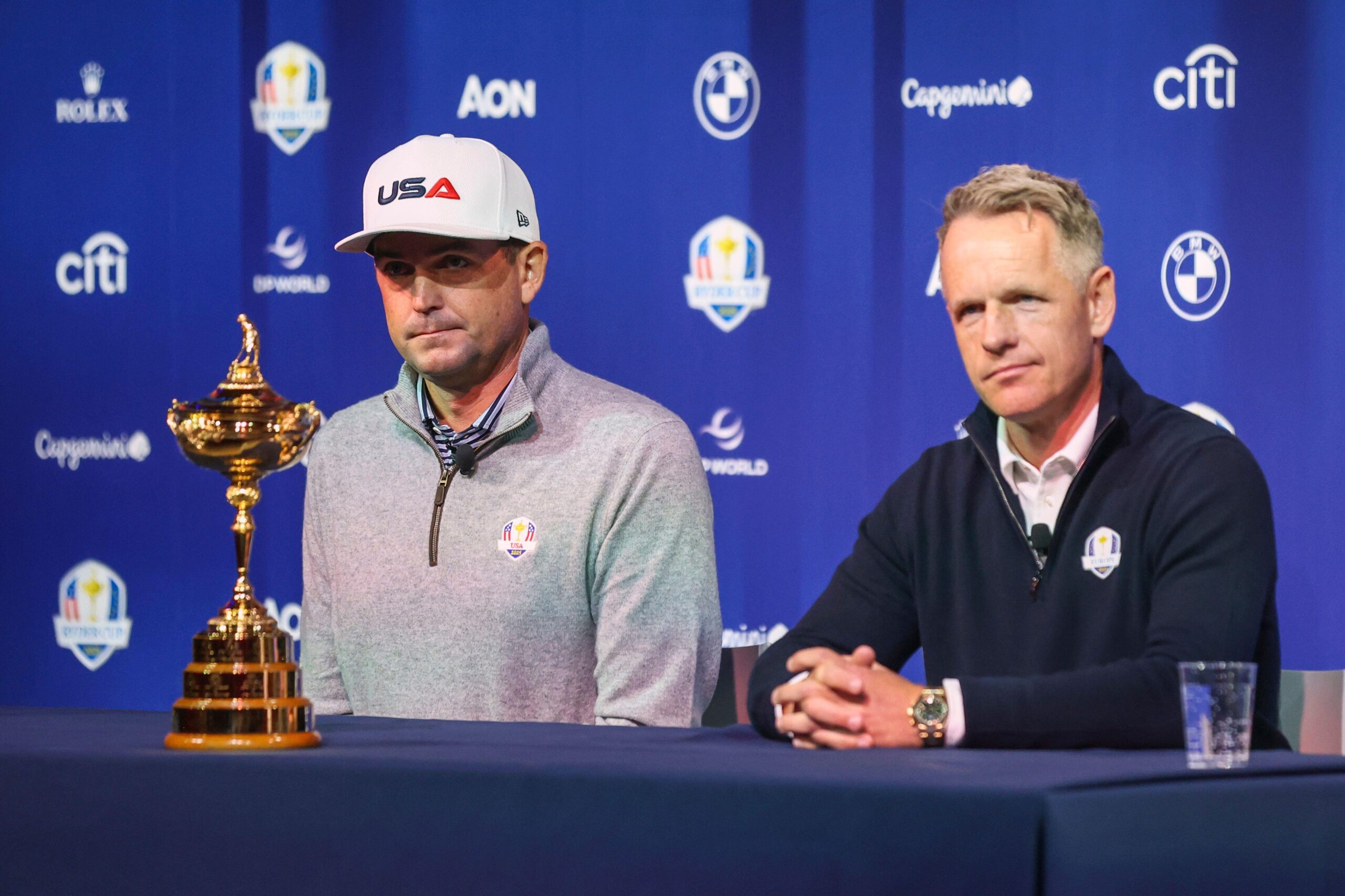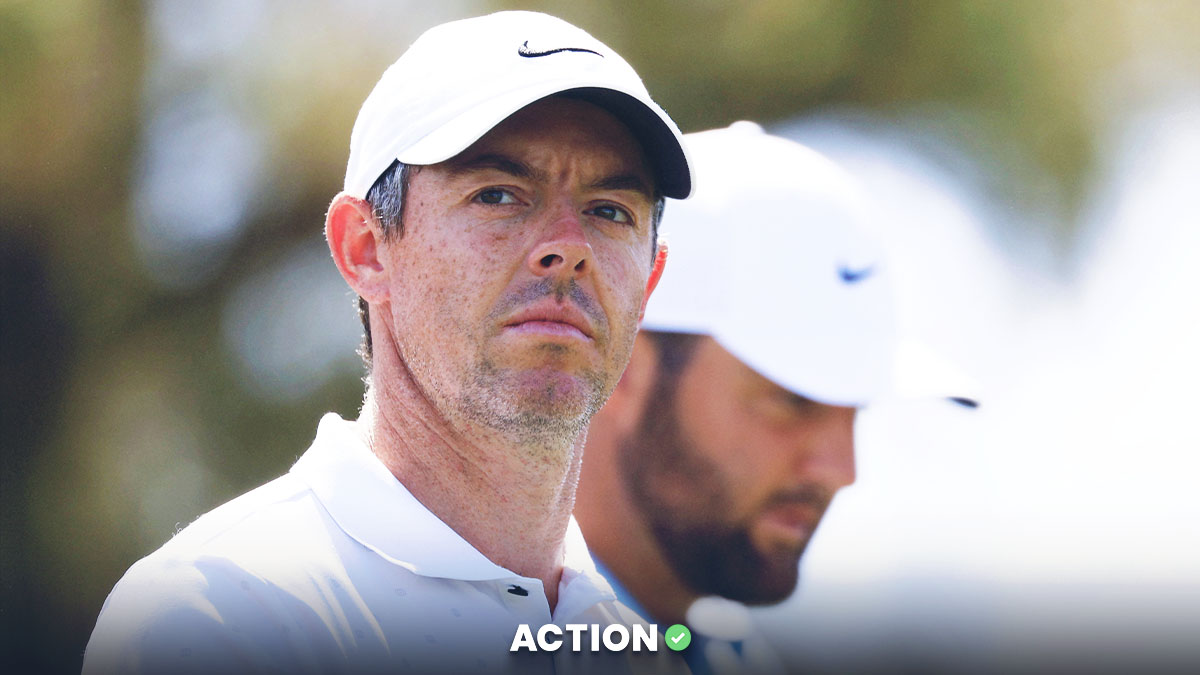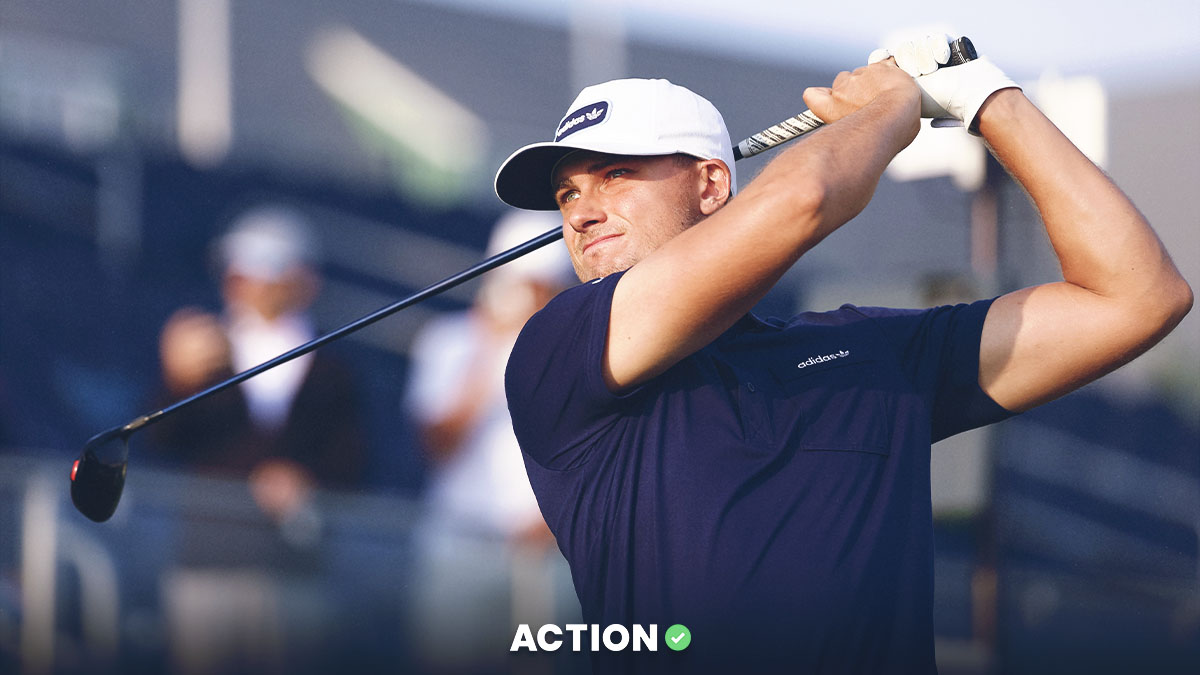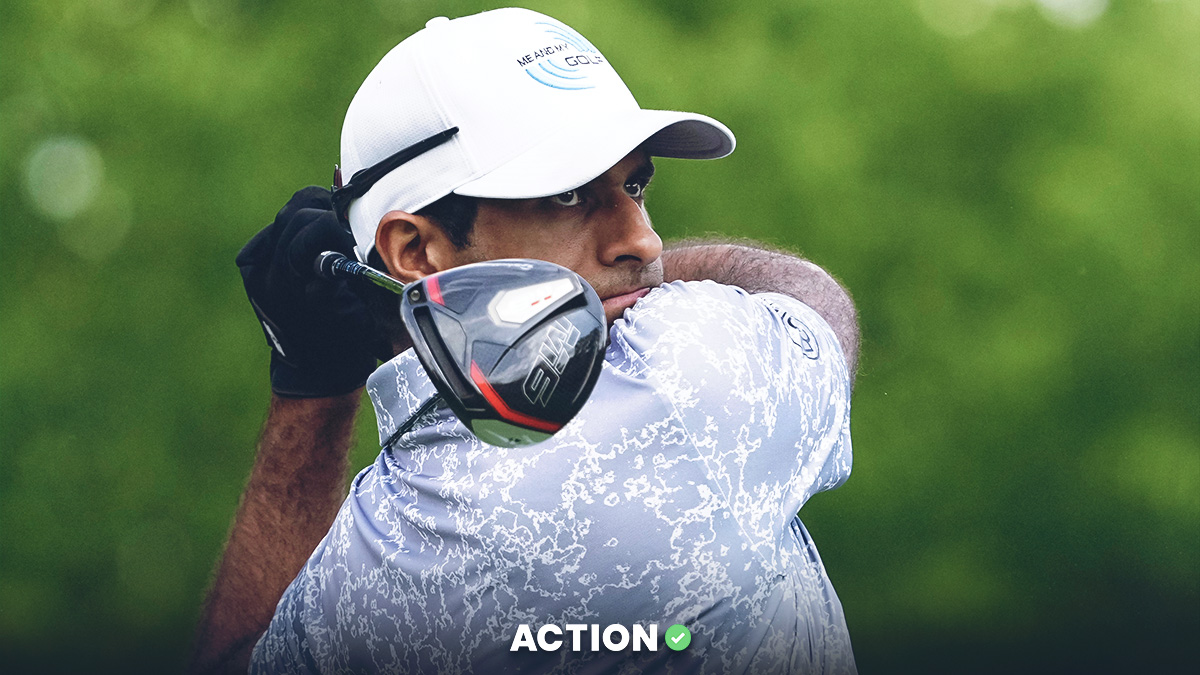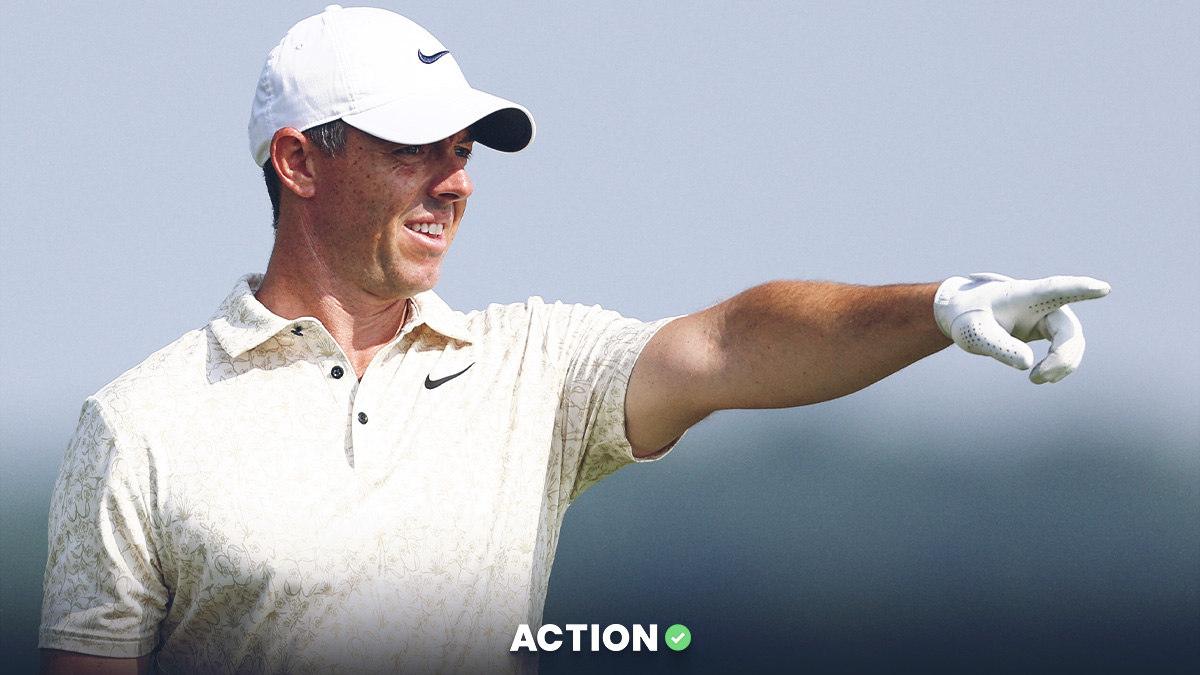Golf has a lot of available data, but it's not all predictive of future success, mostly because some of it doesn't explain what's actually happening on the golf course that well.
Let's take an easy example: Two golfers could hit an equal amount of greens in regulation in a single round … let's say 60%.
There are obviously a ton of details missing, including:
- Were they hitting it from the same distance?
- Was it in the fairway or rough?
- Where on the green did the ball land?
There's a big difference between sticking approach shots within five feet vs. hitting the green but having a 60-foot putt every time.
That's where Strokes Gained comes in.

Strokes Gained Definition
Strokes Gained can give golf bettors, DFS players and fans way more detail on how a golfer is truly playing by measuring each shot in relation to the rest of the field.
Columbia University professor Mark Broadie invented the "Strokes Gained" concept utilizing ShotLink data, which is a proprietary software that uses lasers and cameras to capture a ton of information on every shot hit by a golfer.
[New to golf betting? Sign up now at BetMGM and get a $500 deposit match]
Using the millions of data points it has, the TOUR calculates how many shots on average it takes a player to get the ball in the hole from every distance and situation. If a player beats those averages, he's gaining strokes on the field.
Here's a good example, per the PGA TOUR. On average, it takes TOUR players the following number of shots to get the ball in the hole from the fairway:
- 2.0 shots to hole out: 7 yards
- 2.5 shots to hole out: 30 yards
- 3.0 shots to hole out: 168 yards
If the player finds the cup in two shots from 30 yards out, he's gained 0.5 strokes. If it takes three shots, he's lost 0.5 strokes. The TOUR's data can do the same thing for every distance and situation.
Another great example, per the TOUR: It takes players on average the same number of shots to finish the hole from 70 yards in the rough (2.92) is it does from 150 yards in the fairway (2.92).
Every situation in golf is different — Strokes Gained measures how players handle them relative to the situation.
What Have We Learned From Strokes Gained?
What Strokes Gained data has revealed is that the old golf adage "Drive for Show, Putt for Dough" is wrong. The best players hit the ball the furthest off the tee and stick their approach shots close.
Those two factors tend to be more predictive week to week than putting, which can be very random and hard to predict. So in general, you want to bet on the best ball strikers and hope their putters get hot, not the best putters in hopes that their irons come around. And, with the "BetMGM bonus code," you can enhance your betting experience.
Strokes Gained Data from the PGA TOUR
The PGA TOUR has so much data from ShotLink, and they break down Strokes Gained to a very detailed level. For example, on their website you can not only see strokes gained on all approach shots, but specifically how players have performed from within 100 yards, 100-125 yards, 125-150 yards and so on.
But really, there are six main Strokes Gained categories you need to know:
- Strokes Gained: Off-the-Tee
- Strokes Gained: Approach
- Strokes Gained: Around-the-Green
- Strokes Gained: Putting
- Strokes Gained: Tee-to-Green
- Total Strokes Gained
Strokes Gained: Off-the-Tee
Strokes Gained: Off-the-Tee is exactly how it sounds. It measures a player's performance relative to the field on initial shots — typically driver, but it also measures par-3 initial shots.
Among the golfers who excel here as of June 2020 include Bryson DeChambeau, Jon Rahm, Rory McIlroy and Xander Schauffele — the elite drivers in the world.

Strokes Gained: Approach
Strokes Gained: Approach measures a players shots after the initial drive, so it highlights which golfers have excelled in those crucial second and third shots.
At the top of the leaderboard here you'll find the world's best ball-strikers, including Collin Morikawa, Marc Leishman, Patrick Cantlay, Justin Thomas, Rory McIlroy, Paul Casey and Hideki Matsuyama.
Strokes Gained: Around-the-Green
Strokes Gained: Around-the-Green is similar to scrambling; it measures how a player performs chipping and getting up and down.
At the top of this list you'll find the world's best short-game players, including Jason Day, Adam Scott, Jordan Spieth and Phil Mickelson.
Strokes Gained: Putting
Strokes Gained: Putting is pretty self-explanatory; it measures how many strokes a player gains on the field with the short stick.

At the top of this list you'll obviously find the world's best putters — Patrick Reed, Kevin Na, Matt Kuchar, Jordan Spieth, etc. — although note this is the most volatile of the Strokes Gained metrics.
A lot of analysts believe putting is the most random of golf skills, and thus a player high in SG: Putting for a couple days in a tournament might regress if luck doesn't go their way as much.
Strokes Gained: Tee-to-Green
Strokes Gained: Tee-to-Green is perhaps the best metric of them all. It's essentially Total Strokes Gained — which is the sum of off-the-tee, approach, around-the-green and putting — minus putting.
As mentioned above, putting can be quite random day-to-day and week-to-week. A golfer who is constantly giving himself five-foot birdie putts might have a worse score than one who is draining 15-footers, but you'll want to bet on the former long-term. Things will even out.
Where to Find Strokes Gained Data
The PGA Tour houses all the Strokes Gained data you could ever need.




